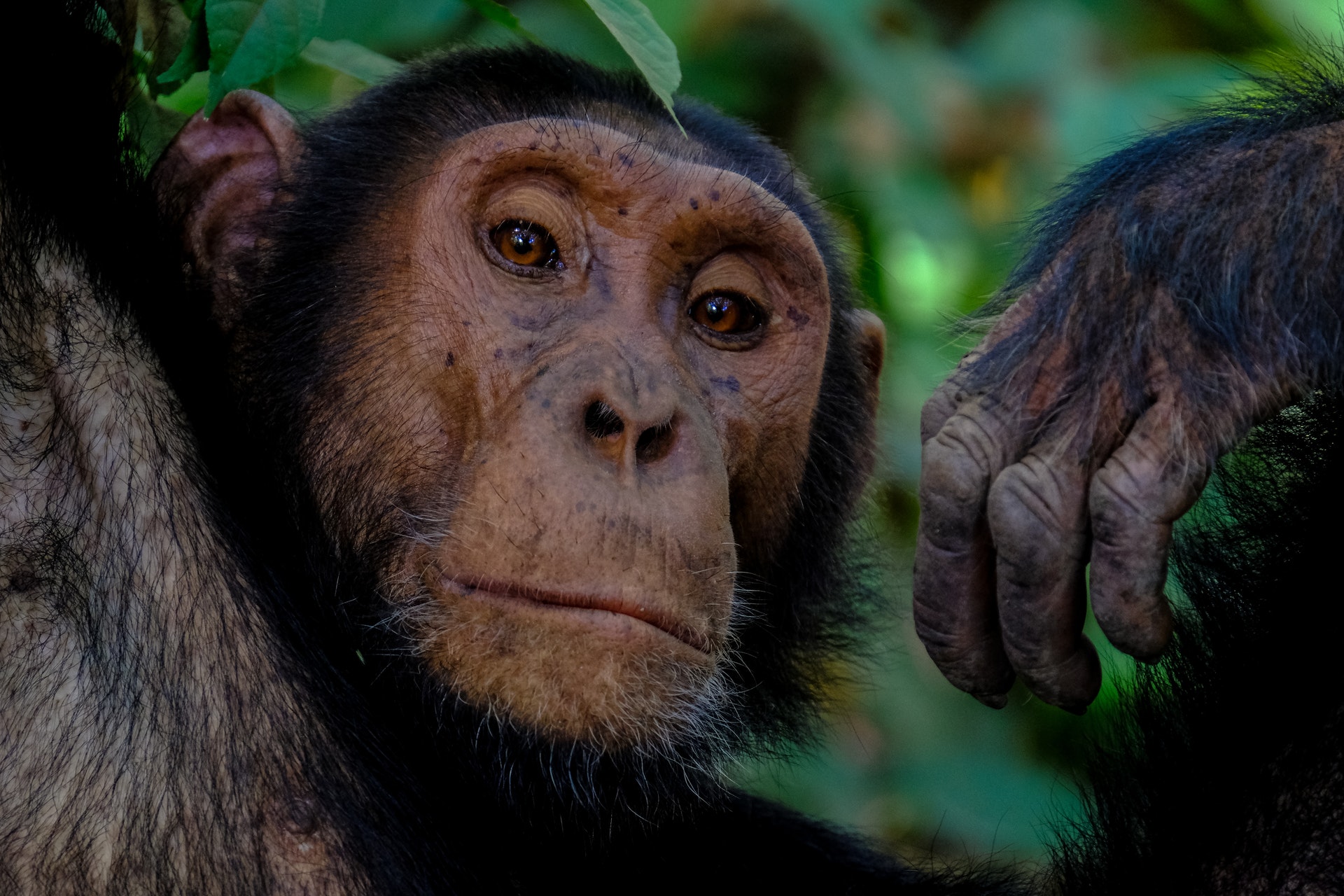


In 2006, the IAP Statement on 'The Teaching of Evolution', was released, signed by over 65 IAP member academies. The Statement urges parents and teachers to provide children with the facts about the origins and evolution of life on Earth and to foster an understanding of the science of nature. Since the release of the IAP Statement on 21 June 2006 on the Teaching of Evolution, the Ghana Academy of Arts and Science, the Norwegian Academy of Science and Letters and the Polish Academy of Arts and Sciences have agreed to the text and add their names as signatories.
We, the undersigned Academies of Sciences, have learned that in various parts of the world, within science courses taught in certain public systems of education, scientific evidence, data, and testable theories about the origins and evolution of life on Earth are being concealed, denied, or confused with theories not testable by science. We urge decision makers, teachers, and parents to educate all children about the methods and discoveries of science and to foster an understanding of the science of nature. Knowledge of the natural world in which they live empowers people to meet human needs and protect the planet.
We agree that the following evidence-based facts about the origins and evolution of the Earth and of life on this planet have been established by numerous observations and independently derived experimental results from a multitude of scientific disciplines. Even if there are still many open questions about the precise details of evolutionary change, scientific evidence has never contradicted these results:
We also subscribe to the following statement regarding the nature of science in relation to the teaching of evolution and, more generally, of any field of scientific knowledge :
Scientific knowledge derives from a mode of inquiry into the nature of the universe that has been successful and of great consequence. Science focuses on (i) observing the natural world and (ii)formulating testable and refutable hypotheses to derive deeper explanations for observable phenomena. When evidence is sufficiently compelling, scientific theories are developed that account for and explain that evidence, and predict the likely structure or process of still unobserved phenomena.
Human understanding of value and purpose are outside of natural science’s scope. However, a number of components – scientific, social, philosophical, religious, cultural and political – contribute to it. These different fields owe each other mutual consideration, while being fully aware of their own areas of action and their limitations.
While acknowledging current limitations, science is open ended, and subject to correction and expansion as new theoretical and empirical understanding emerges.
The following academies have endorsed this statement
Albanian Academy of Sciences
National Academy of Exact, Physical and Natural Sciences, Argentina
Australian Academy of Science
Austrian Academy of Sciences
Bangladesh Academy of Sciences
The Royal Academies for Science and the Arts of Belgium
Academy of Sciences and Arts of Bosnia and Herzegovina
Brazilian Academy of Sciences
Bulgarian Academy of Sciences
RSC: The Academies of Arts, Humanities and Sciences of Canada
Academia Chilena de Ciencias
Chinese Academy of Sciences
Academia Sinica, China, Taiwan
Colombian Academy of Exact, Physical and Natural Sciences
Croatian Academy of Arts and Sciences
Cuban Academy of Sciences
Academy of Sciences of the Czech Republic
Royal Danish Academy of Sciences and Letters
Academy of Scientific Research and Technology, Egypt
Académie des Sciences, France
Union of German Academies of Sciences and Humanities
The Academy of Athens, Greece
Hungarian Academy of Sciences
Indian National Science Academy
Indonesian Academy of Sciences
Academy of Sciences of the Islamic Republic of Iran
Royal Irish Academy
Israel Academy of Sciences and Humanities
Accademia Nazionale dei Lincei, Italy
Science Council of Japan
Kenya National Academy of Sciences
National Academy of Sciences of the Kyrgyz Republic
Latvian Academy of Sciences
Lithuanian Academy of Sciences
Macedonian Academy of Sciences and Arts
Academia Mexicana de Ciencias
Mongolian Academy of Sciences
Academy of the Kingdom of Morocco
The Royal Netherlands Academy of Arts and Sciences
Academy Council of the Royal Society of New Zealand
Nigerian Academy of Sciences
Pakistan Academy of Sciences
Palestine Academy for Science and Technology
Academia Nacional de Ciencias del Peru
National Academy of Science and Technology, The Philippines
Polish Academy of Sciences
Académie des Sciences et Techniques du Sénégal
Serbian Academy of Sciences and Arts
Singapore National Academy of Sciences
Slovak Academy of Sciences
Slovenian Academy of Sciences and Arts
Academy of Science of South Africa
Royal Academy of Exact, Physical and Natural Sciences of Spain
National Academy of Sciences, Sri Lanka
Royal Swedish Academy of Sciences
Council of the Swiss Scientific Academies
Academy of Sciences, Republic of Tajikistan
The Caribbean Academy of Sciences
Turkish Academy of Sciences
The Uganda National Academy of Sciences
The Royal Society, UK
US National Academy of Sciences
Uzbekistan Academy of Sciences
Academia de Ciencias Físicas, Matemáticas y Naturales de Venezuela
Zimbabwe Academy of Sciences
African Academy of Sciences
The Academy of Sciences for the Developing World (TWAS)
The Executive Board of the International Council for Science (ICSU)